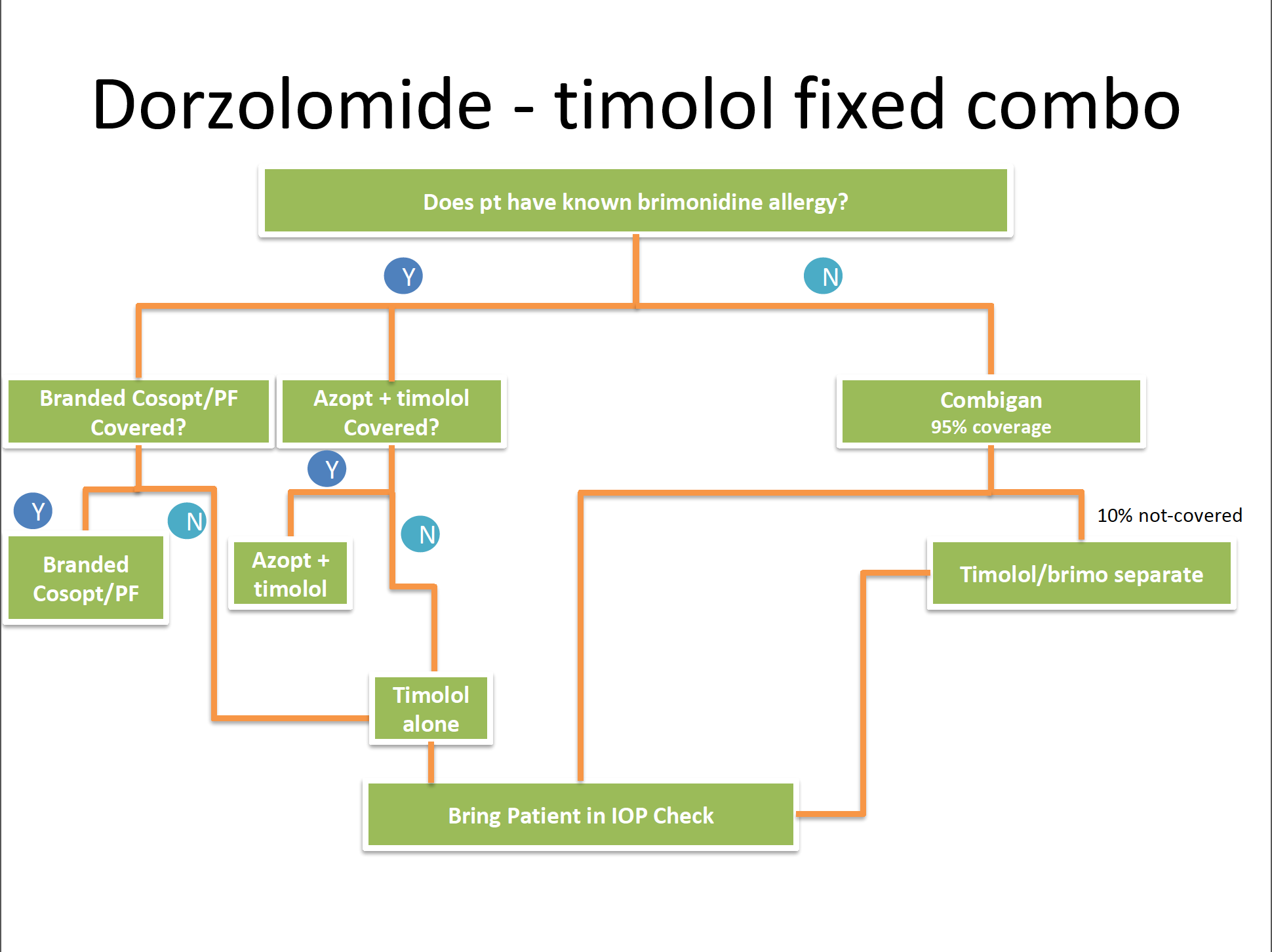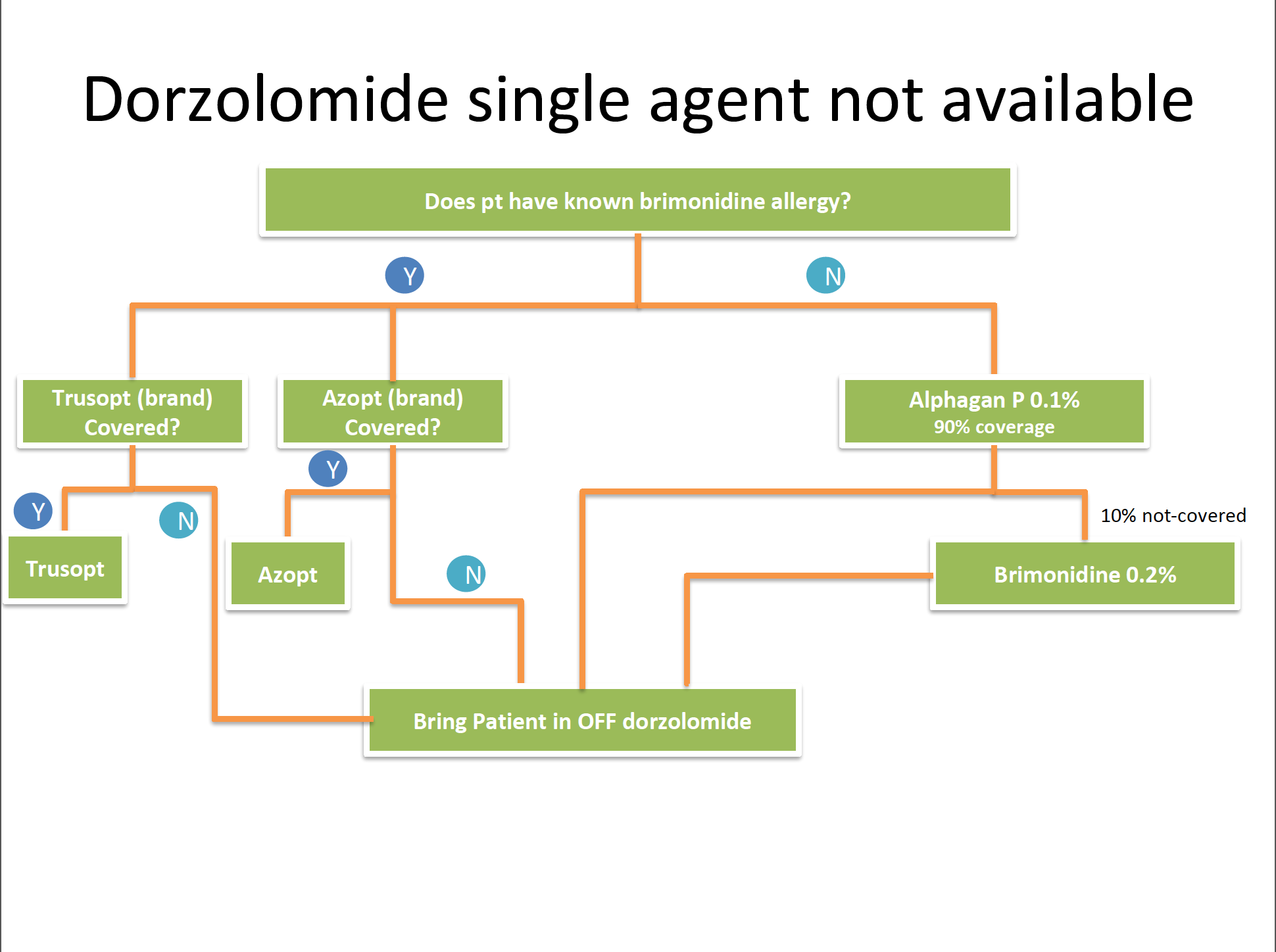Article
Breaking down the dorzolamide shortage
Author(s):
Our supply of dorzolamide, long a first-line glaucoma therapy used alone or in fixed combination with timolol, has recently proven unreliable.


Editor’s Note: Welcome to “Let's Chat,” a blog series featuring contributions from members of the ophthalmic community. These blogs are an opportunity for ophthalmic bloggers to engage with readers with about a topic that is top of mind, whether it is practice management, experiences with patients, the industry, medicine in general, or healthcare reform. The series continues with this blog by Nathan M. Radcliffe, MD. The views expressed in these blogs are those of their respective contributors and do not represent the views of Ophthalmology Times or MultiMedia Healthcare, LLC.
At a time when there are more treatment options than ever to manage glaucoma-including new minimally invasive procedures and agents for medical treatment-the shortage of a traditional glaucoma drug is reminding us just how precarious our reliance on generics has become. Our supply of dorzolamide, long a first-line glaucoma therapy used alone or in fixed combination with timolol, has recently proven unreliable. We saw a shortage in fall 2017, and it seems to have returned now.
Shedding light on manufacturers of generics
The dorzolamide shortages have revealed a lot about how generic molecules are supplied. Dorzolamide has about six different manufacturers whose supplies were disrupted at various times. The companies haven’t offered the reasons for the shortages, nor has the FDA been able to explain why shortages of the same drug are occurring among different manufacturers.
The situation speaks to the fact that we don’t know exactly how generic drugs are manufactured overseas. Generic manufacturers also seem to have very little accountability to patients and to the physicians who prescribe the medications. They could shift production to a more profitable drug without answering to doctors and patients.
In contrast, we’re appreciating the value of companies who manufacture brand-name medications. When manufacturing problems occur with branded drugs, most companies selling branded pharma are quick to inform doctors and patients of the reasons, when they expect to fix the problem, and what alternatives we can use in the interim.
How patients experience the shortage
When patients who take either dorzolamide or the fixed combination of dorzolamide and timolol try to fill their prescriptions, they are turned away at the pharmacy. Unable to get their medications, often patients don’t understand that they need to return to their physician to get a replacement, particularly if they have low health literacy. This is disruptive to care in many ways.
Some patients will remain off the therapy until their next scheduled appointment. I have seen more than a handful of patients experience permanent vision loss after returning to the office with significant IOP elevations after going off of dorzolamide-timolol. Thus, there is a lapse in critical glaucoma medication for our patients.
Doctors spend years educating patients with glaucoma about the importance of complying with medical therapy. Patients manage to develop some good habits with their medications, and they don’t need a shortage throwing a wrench in those efforts. During a shortage, they’re prescribed a new medication that may not be covered or well tolerated.
To me, this is where the lack of accountability and commitment from generic manufacturers of dorzolamide is most damaging. Patients and physicians rely on these medications to prevent glaucoma-related blindness, and the companies that profit from those prescriptions are not honoring that need with a commitment to their customers.How doctors are handling it
I want my patients with glaucoma to have consistent access to the medication I prescribe, without any disruption or negative experience at the pharmacy. This is essential to medical management of glaucoma. To avoid any problems from dorzolamide’s unpredictable availability today and in the future, I proactively stopped prescribing the drug to my patients whenever possible, either alone or in fixed combination.
Tasked with choosing an alternative medication, we have to make the right choice for each patient in the context of their glaucoma status, overall health, other medications, and prescription drug coverage.
The most logical alternative is brinzolamide (Azopt, Novartis), but coverage can present a roadblock. I have developed a decision tree (Figures 1 and 2) for my office staff that lays out the options. Essentially, brimonidine 0.1% (Alphagan P, Allergan) is often a reasonable substitution for dorzolamide, while brimonidine-timolol (Combigan, Allergan) is an ideal substitution for dorzolamide-timolol shortages, assuming no brimonidine allergy.
Certainly, the dorzolamide shortage has helped us view branded pharmaceutical companies in a positive light, given their commitment to transparency and to therapy for patients with glaucoma.
With generic drugs undergoing price hikes and a variable supply, it’s often easier for doctors to find a treatment solution with a brand name we trust for patients with glaucoma. It will be interesting to see how the current dorzolamide shortage plays out and if we continue to see a lack of transparency and accountability among generic drug manufacturers in the future.
Disclosures:
Nathan M. Radcliffe, MDDr. Radcliffe is a glaucoma specialist and professor at Icahn School of Medicine at Mount Sinai and New York and Ear Infirmary of Mount Sinai, New York City. He is a consultant for several pharmaceutical companies, including Aerie Pharmaceuticals, Allergan, Bausch + Lomb, and Novartis.
Newsletter
Don’t miss out—get Ophthalmology Times updates on the latest clinical advancements and expert interviews, straight to your inbox.





